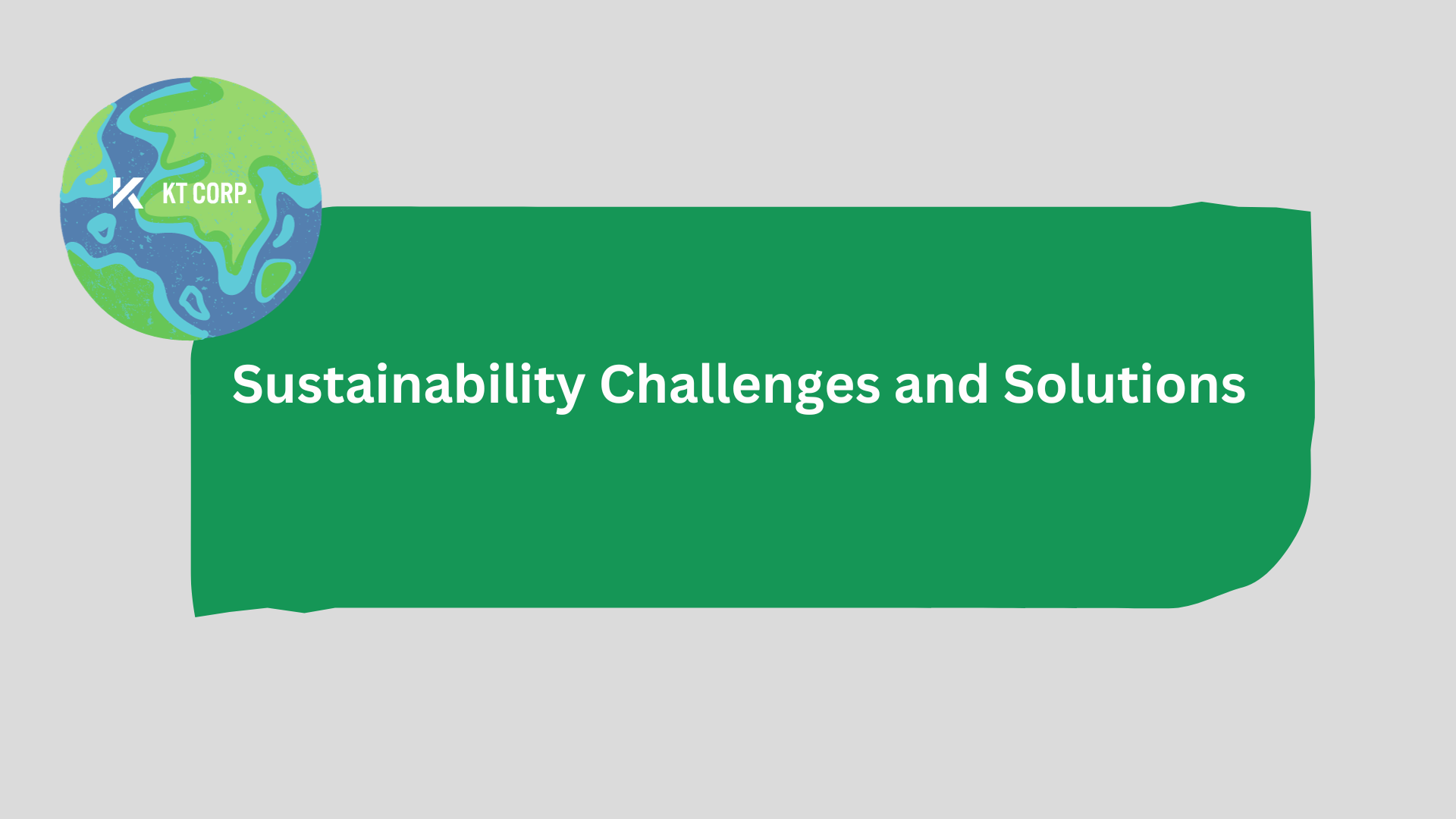
Sustainability Challenges and Solutions
The consumer electronics industry is at the forefront of innovation, consistently pushing boundaries to deliver cutting-edge devices that enhance our daily lives. However, this rapid evolution comes at a cost, often placing a significant burden on the environment. As a B2B consumer electronics wholesaler, we recognize the challenges associated with sustainability and are committed to implementing environmentally friendly practices to mitigate risk and impact on the planet.
Challenges in Sustainability:
Electronic Waste (e-waste) Management: The explosive growth of electronic devices has led to a bigger problem regarding the increase of e-waste. Discarded smartphones, tablets, laptops, and accessories contribute to pollution and pose challenges in their proper disposal. Developing effective e-waste management systems is crucial to minimize environmental harm.
Resource Depletion: Many electronic devices rely on scarce and finite resources for manufacturing, such as rare earth metals and minerals. The over-extraction of these resources raises concerns about depletion and environmental degradation.
Energy Consumption: The energy-intensive production processes of electronic devices, combined with their constant usage, contribute to significant energy consumption. This places a strain on both natural resources and the global energy infrastructure
Supply Chain Impact: The extensive supply chains of consumer electronics involve numerous stages, from raw material extraction to manufacturing, transportation, and distribution. Each phase contributes to carbon emissions, making it challenging to create an entirely eco-friendly supply chain.
Solutions and our Commitment to Sustainability
The Consumer Electronics Industry can adopt various solutions to reduce it’s environmental impact, here are a few energy solutions tailored for the consumer electronics sector.
Green Supply Chains- You can create an green supply chain by reducing purchases by reusing and recycling. You should also take in consideration of the product lifecycles , such as evaluating each product that has reached it’s end of practical use, and figuring out what actionable steps you need to take following itad best practices as whether to recycle , repair or return. Some other strategies include reducing purchasing, and using recyclable materials.
Green Efficiency Designs – Energy efficient designs in consumer electronics refers to the integration of environmentally sustainable and energy efficient features throughout the lifecycle of electronic devices.
Sustainable Packaging – Sustainable packaging involves using materials that are environmentally responsible recyclable and are sourced from renewable resources. The key focus is reducing the environmental impact of the packaging but also aligning with broader corporate sustainability goals. The main issues of traditional packing often uses plastics and non recyclable foam that usually contributes to environmental degradation.
Recyclable Products – Thoughtful design strategies are how they are categorized in ITAD. One key aspect on products that you notice is that they are easy to disassemble, facilitating efficient recycling processes. These designs not only are considered in their end-of-life phase but also encourage the reuse of components, extending the overall lifespan of electronic devices.
Energy Efficient Devices– Energy Efficient devices play an important role in reducing energy consumption and leaves a smaller carbon footprint. These devices are becoming a smarter choice for a more sustainable lifestyle. Energy efficient devices are designed to optimize performance while at the same time reducing energy consumption. The main objective is reducing energy consumption that will contribute to a smaller carbon footprint. There are many cost advantages for energy efficient devices as well, as it lowers energy consumption it reduces operational costs for a lot of ITAD companies contributing to it’s overall financial stability.
Circular Economy Initiatives: The Circular Economy has become more increasingly well known in the 21st century, as the need for more sustainability and for addressing issues such as global warming, resource scarcity increases, etc. it will continue to create new emerging industries that will benefit the economy by creating new jobs. The circular economy is a model of production and consumption which aims to reduce waste and reduce carbon footprint which involves sharing , leasing, reusing, repairing, refurbishing and recycling existing materials without the need of production.
As the industry continues to evolve, and as the shift emerges ,more businesses will adopt and make changes in the way they operate. It’s beneficial to embrace these initiatives because they are contributing to a healthier planet, but also adopting to an era where sustainability is the key to success.
